
Top 8 Kinds of Fish You Should Never Eat
Top 8 Kinds of Fish You Should Never Eat
Are you uncertain about which fish are best for your health? You're not alone. While certain fish provide essential nutrients—particularly omega-3 fatty acids that are crucial for brain, heart, and cellular health—others can do more harm than good.
This guide will help you navigate your seafood choices by highlighting the most beneficial fish and, more importantly, the ones you should avoid at all costs. Let’s dive in!
Why Omega-3 Fatty Acids in Fish Matter So Much
Omega-3 fatty acids, particularly DHA (Docosahexaenoic acid) and EPA (Eicosapentaenoic acid), are vital for maintaining physical and cognitive health. They support multiple systems in your body and are known for reducing inflammation—a major contributor to chronic diseases.
DHA: A Building Block for Your Brain, Eyes, and Nerves
DHA plays a foundational role in the development and function of the brain, nervous system, and retina. It is an essential component of every cell membrane in the body, especially those in the brain and eyes. Adequate intake of DHA is linked to improved cognitive function, better memory, and reduced risk of neurodegenerative diseases.
DHA is especially important during pregnancy and infancy, when brain and eye development is at its peak.
EPA: A Natural Anti-Inflammatory for Heart Protection
EPA is equally important for cardiovascular health. It helps regulate inflammation throughout the body by producing signaling molecules that control immune response. Chronic inflammation is a known contributor to heart disease, strokes, and even autoimmune conditions. EPA helps lower blood pressure, reduce triglycerides, and balance cholesterol levels.
Together, EPA and DHA offer a potent shield against many of the modern world’s leading health concerns.
How to Choose Fish for Better Health
Choosing the right fish requires more than just considering taste or availability. You need to weigh three critical factors:
-
Mercury content
-
Omega-3 fatty acid levels
-
Protein quality and digestibility
Let’s break each down.
Mercury Levels
Mercury is a toxic heavy metal that accumulates in the bodies of fish—especially larger, older, and predatory species. These fish feed on smaller species that have absorbed mercury from algae, leading to bioaccumulation.
For example:
-
Tilefish from the Gulf of Mexico contain mercury levels up to 1,450 parts per billion (ppb)—the highest recorded.
-
Tuna varies widely from 350 to 689 ppb, depending on species and location.
-
Sardines, in contrast, contain as little as 13 ppb, making them far safer.
Mercury exposure is linked to neurological damage, particularly in unborn children and young kids. It also contributes to kidney damage and cognitive impairment in adults. This makes understanding mercury levels essential for informed dietary decisions.
Omega-3 Content
Not all fish are created equal when it comes to omega-3s. For instance:
-
Atlantic mackerel boasts around 2,670 mg per 100g serving.
-
Sardines come in at a strong 1,500 mg per 100g.
-
Meanwhile, Mahi-mahi, Cod, and Flounder provide much lower amounts.
Wild-caught fish generally contain higher omega-3s than farmed fish due to a natural diet of plankton and algae.
Protein Digestibility
Fish proteins are highly bioavailable, meaning your body can absorb and use them efficiently. Compared to red meats, fish is easier to digest and provides lean, high-quality protein. On average, fish contains around 20% protein by weight, making it an excellent choice for muscle maintenance and repair.
8 Fish You Should Avoid for Optimal Health
Despite their popularity, some fish are simply too risky to consume regularly. Here's a list of the worst offenders:
1. Tilefish (Gulf of Mexico)
-
Mercury level: Up to 1,450 ppb
-
Why avoid: Tilefish ranks as the most mercury-contaminated fish available. Long-term consumption increases the risk of mercury toxicity, which can damage the nervous system and organs.
2. Swordfish, Shark, and King Mackerel
-
Mercury levels: Extremely high due to their predatory nature
-
Why avoid: These large fish are apex predators, accumulating dangerous mercury levels. They’re especially hazardous to pregnant women and children. Overfishing and environmental pollution only worsen their risk.
3. Tuna (Eat Sparingly)
-
Mercury level: 350–689 ppb
-
Why limit: While it’s a good source of protein and omega-3s, tuna’s mercury content varies and can be risky if consumed too often. Limit to one serving every 6–8 weeks, especially if pregnant.
4. Orange Roughy (Eat Sparingly)
-
Mercury level: Around 571 ppb
-
Why limit: This deep-sea fish can live over 100 years, giving it ample time to accumulate mercury. It’s best eaten rarely to avoid buildup in your system.
5. Mahi-Mahi
-
Omega-3 level: Low
-
Mercury level: High (5–10x higher than safer fish)
-
Why avoid: Despite its popularity, Mahi-mahi offers few omega-3 benefits and a significant mercury burden—particularly in farmed varieties, which may also contain pollutants and antibiotics.
6. Cod
-
Omega-3 level: Low
-
Mercury level: Moderate
-
Why avoid: Cod has a mild taste but lacks omega-3 content and carries moderate mercury levels. Farmed cod is especially problematic due to higher contamination and reduced nutrient density.
5 Fish You Should Eat More Of
Fortunately, many fish offer high nutritional value without the mercury risks. Here are the best options:
1. Sardines
-
Omega-3 level: ~1,500 mg/100g
-
Mercury level: Very low (13 ppb)
-
Why eat: Sardines are nutritional powerhouses—rich in omega-3s, vitamin D, calcium (from edible bones), and protein. They're also sustainable and affordable.
2. Atlantic Mackerel
-
Omega-3 level: ~2,670 mg/100g
-
Mercury level: Low to moderate (~50 ppb)
-
Why eat: One of the most omega-3-rich fish available, Atlantic mackerel is a heart-healthy and flavorful choice. Opt for wild-caught varieties for better omega ratios.
3. Wild-Caught Salmon
-
Omega-3 level: ~2,590 mg/100g
-
Mercury level: Very low (~22 ppb)
-
Why eat: A gold standard in healthy fish. Wild salmon is packed with anti-inflammatory omega-3s and is low in toxins. Avoid farmed salmon, which may contain up to 16x more PCBs and significantly lower nutritional value.
4. Herring
-
Omega-3 level: ~2,000 mg/100g
-
Mercury level: Moderate (~84 ppb)
-
Why eat: Herring is rich in healthy fats and B-vitamins, making it a great choice for brain and cardiovascular health. Suitable for regular consumption, though pregnant women should limit intake due to moderate mercury levels.
5. Croaker
-
Omega-3 level: Acceptable
-
Mercury level: Moderate
-
Why eat: Croaker offers a balance of nutrients with moderate mercury levels. It's a solid middle-ground choice when more optimal options aren’t available.
Why Wild-Caught Fish Are Better Than Farmed
Choosing wild-caught over farmed fish can make a dramatic difference in nutritional value and safety.
Contaminant Levels in Farmed Fish
Farmed fish often contain higher levels of pollutants, including:
-
PCBs
-
Dioxins
-
Antibiotics
Farm-raised salmon, for example, has been shown to carry up to 16 times more PCBs than wild salmon. These chemicals are linked to cancer, reproductive disorders, and immune dysfunction.
Omega-6 vs. Omega-3 Balance
Farmed fish are often fed unnatural, grain-based diets that increase omega-6 and decrease omega-3, leading to an inflammatory profile. Fish like tilapia and catfish, when farmed, show an omega-6 to omega-3 ratio that can actually promote disease rather than prevent it.
Wild fish maintain a natural, healthier balance of these fatty acids, which better supports your health.
Interpreting Mercury Data Responsibly
While mercury levels guide our choices, it’s important to understand the limitations of available data.
-
Most mercury data is outdated, with readings taken between 1990 and 2010.
-
Sampling was sporadic, and many geographic areas were not included.
-
Mercury levels can vary depending on species, age, size, location, and pollution at the time of capture.
News in the same category


1 Tablespoon of This Before Bed—Fall Asleep Faster Than Ever!

Forget Pills! Just 1/4 Tsp of This Under Your Tongue Melts Away Inflammation
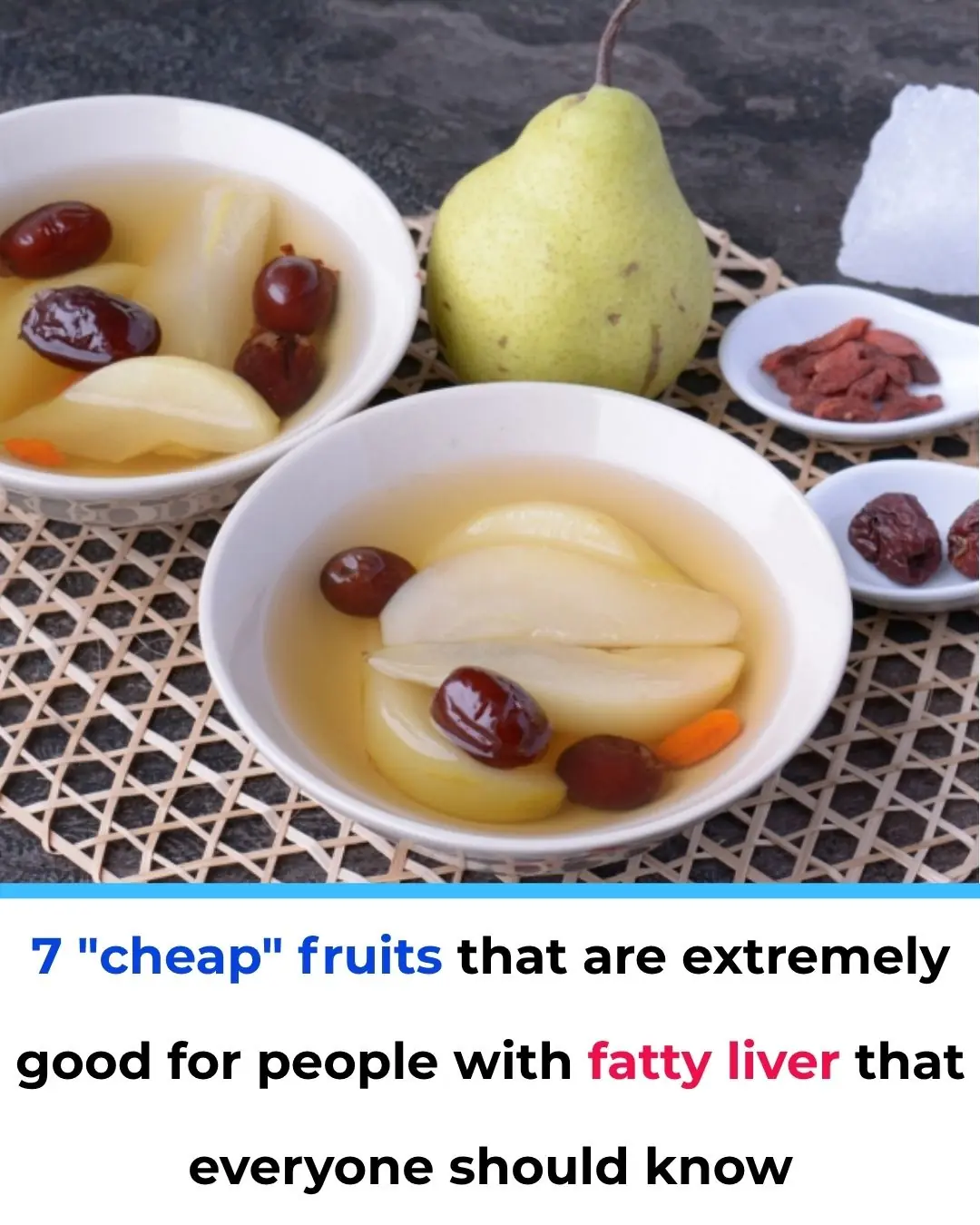
7 "cheap" fruits that are extremely good for people with fatty liver that everyone should know

This type of grass is considered "red ginseng", extremely good for the blood, can prevent strokes, but unfortunately very few people know about it

Scientists shocked: this secret spice fights cancer and repairs your body!
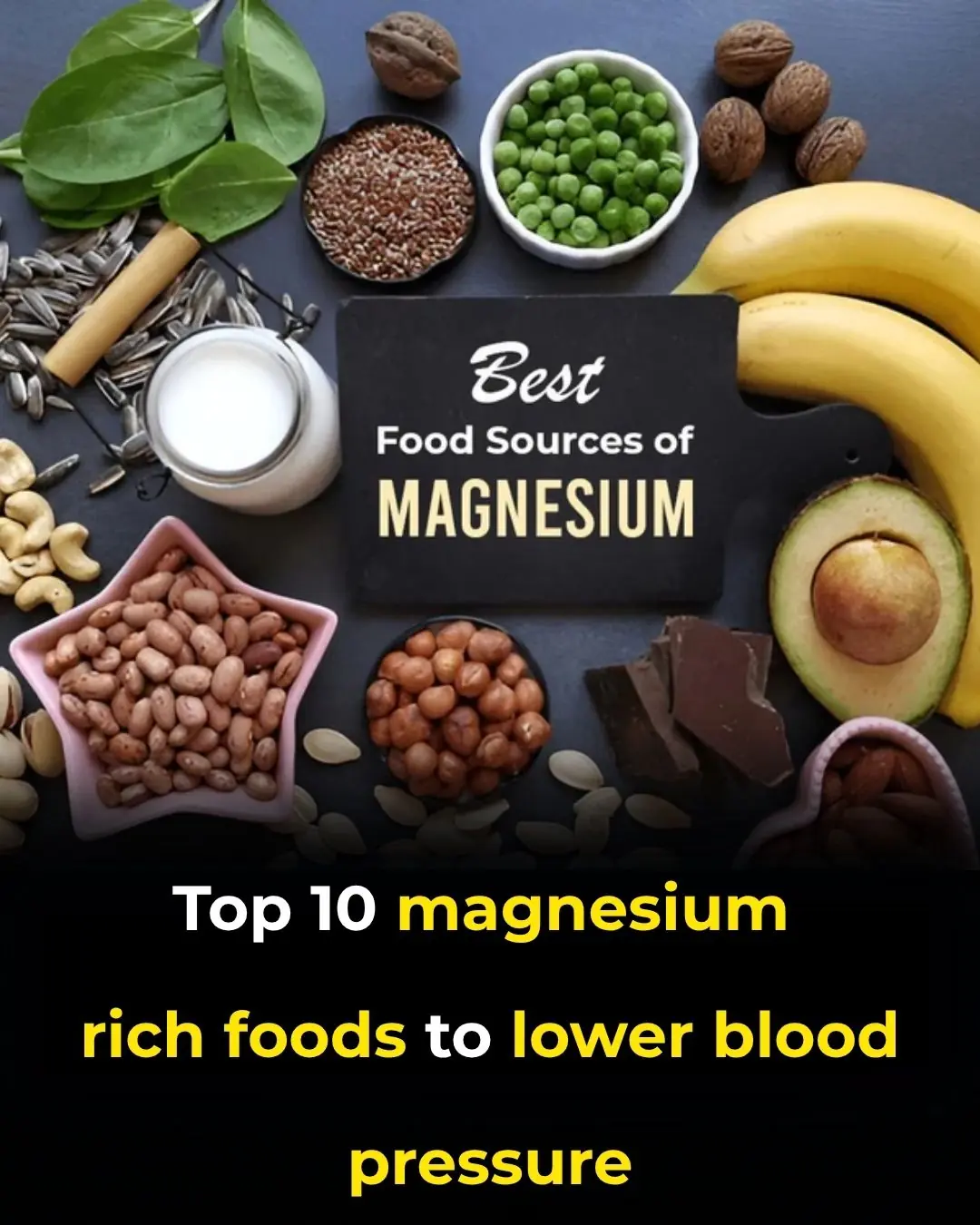
Top 10 Magnesium Rich Foods To Lower Blood Pressure

6 Warning Signs Your Body May Be “Nurturing” Can-cer
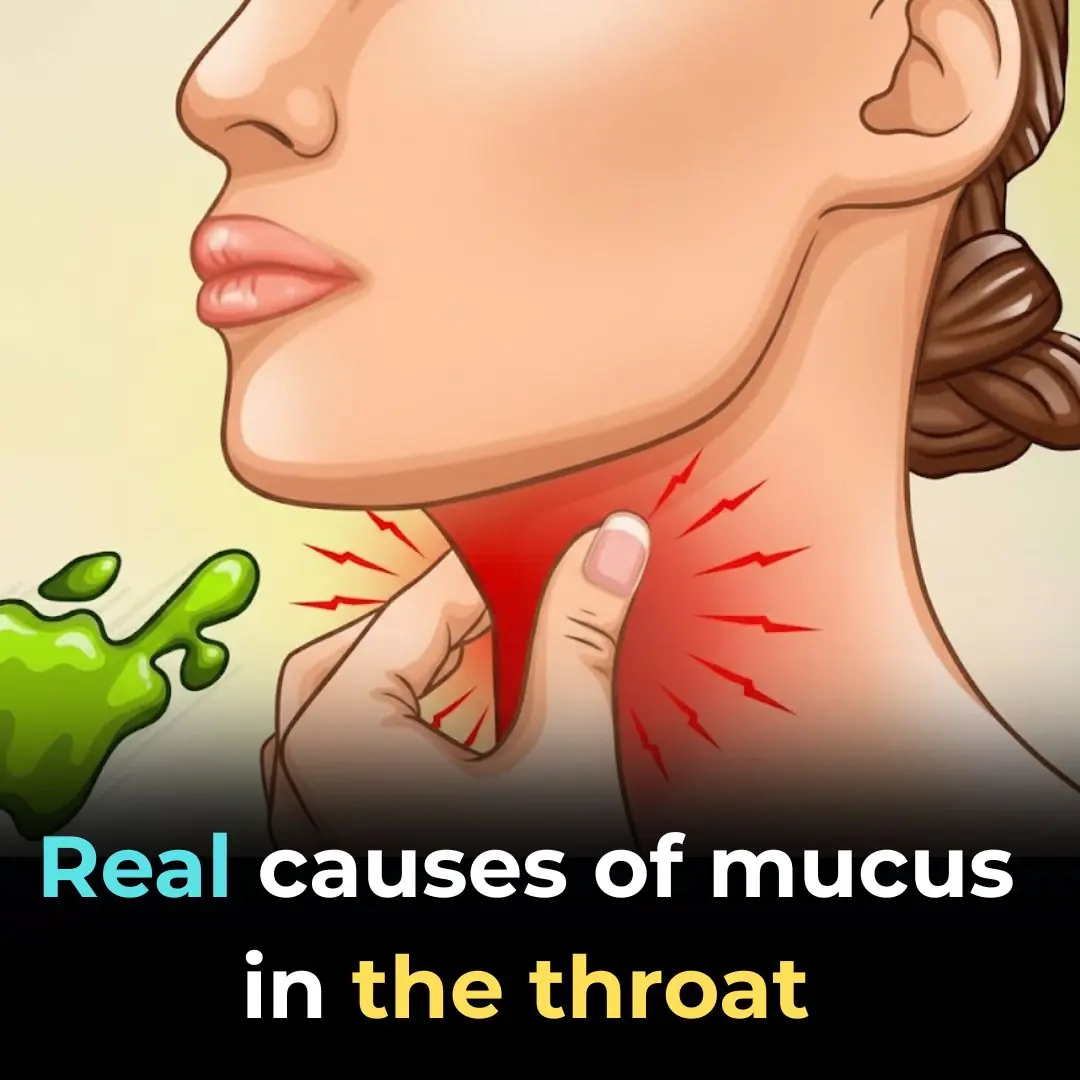
🤢 The Real Causes of Constant Phlegm & Mucus in Throat — And How to Find Relief

6 Signs You’re in the “Roommate Phase”

Top 5 vitamins to supercharge circulation in your legs & feet

How To Make Alkaline Water To Fight Fatigue, Digestive Issues And Cancer

Why Nobody Should Be Eating Salmon Anymore

New Research Finds a Way to Treat Late-Stage Cancer—Bringing Hope to Millions

Strokes and heart attacks don’t give warnings. But this could help you fight back—before it’s too late

Important News for Everyone Who Loves a Daytime Nap

12 Powerful Natural Painkillers Found in Your Kitchen
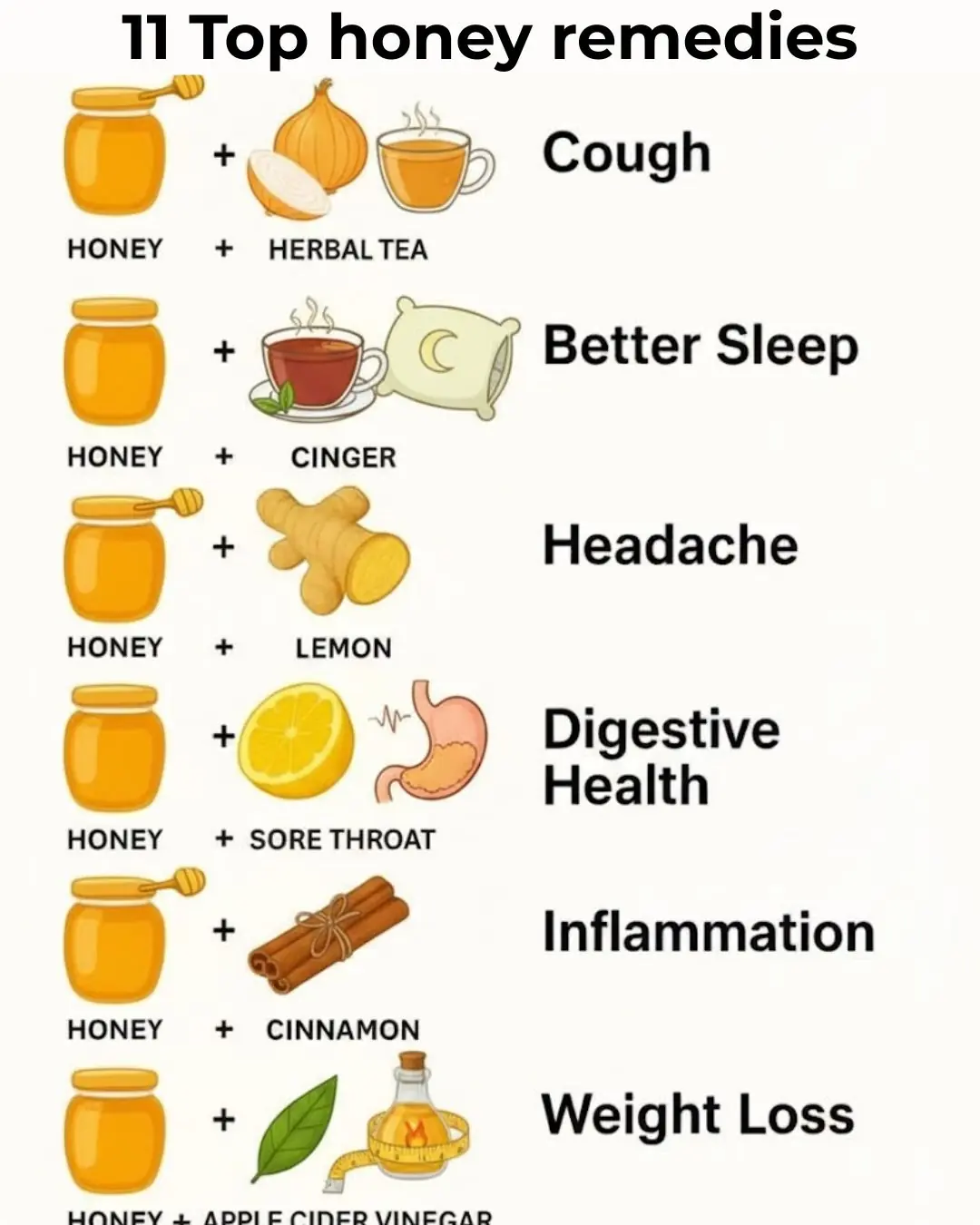
11 Honey Remedies That Truly Work
News Post

This Is What Happens to Your Body 10 Hours After Putting on Nail Polish

1 Tablespoon of This Before Bed—Fall Asleep Faster Than Ever!

Forget Pills! Just 1/4 Tsp of This Under Your Tongue Melts Away Inflammation

Banana peel mixed with laundry detergent works great

Stuffing a piece of steel wool into a plastic bottle has great effects. If you know how to use it, everyone wants to do it

7 "cheap" fruits that are extremely good for people with fatty liver that everyone should know

When checking out of the hotel, don't be foolish and fold your blankets or pillows. Anyone who doesn't know will only be at a disadvantage

When boiling eggs, boiling water or cold water is not correct! Remember these 4 points and you can remove the peel with just a light touch!

This type of grass is considered "red ginseng", extremely good for the blood, can prevent strokes, but unfortunately very few people know about it

5 things you absolutely should not put in the washing machine. They cannot be washed clean and are dangerous
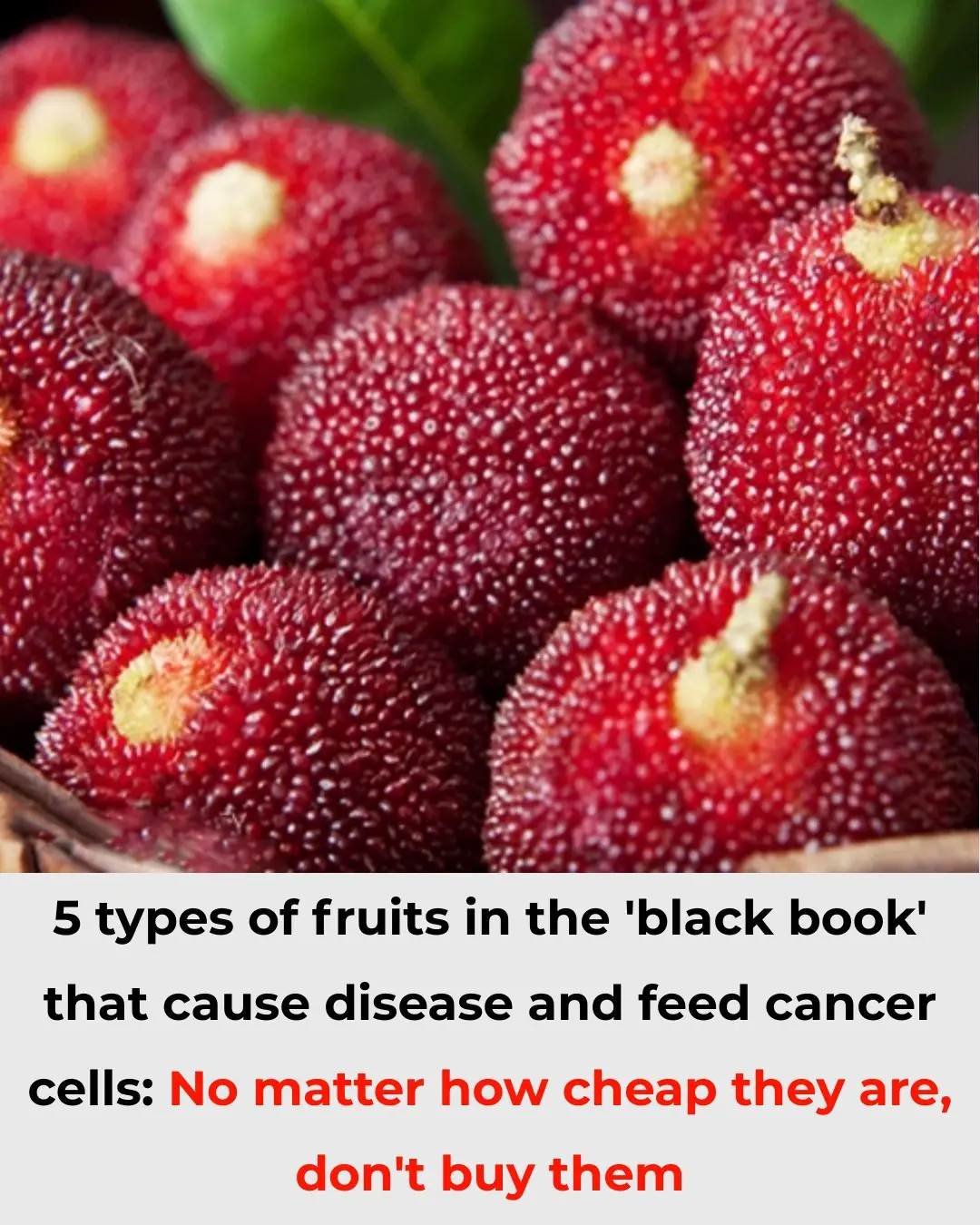
5 Fruits Listed in the ‘Black Book’ That Can Cause Cancer Cell Growth: No Matter How Cheap, Don’t Buy or Eat Them

A Man Who Didn’t Drink Alcohol Dies of Liver Failure; Doctor Sighs: “Eating These 4 Foods Daily Can Destroy Even the Strongest Liver!”

Kissing Bugs and Chagas Disease: A Hidden Danger at Home

🌿 Gbogbo Nise: The Ultimate All-in-One Remedy for Women 💪✨

5 Skin Glow Juices – Clear Skin

Scientists shocked: this secret spice fights cancer and repairs your body!

Top 10 Magnesium Rich Foods To Lower Blood Pressure

6 Warning Signs Your Body May Be “Nurturing” Can-cer

